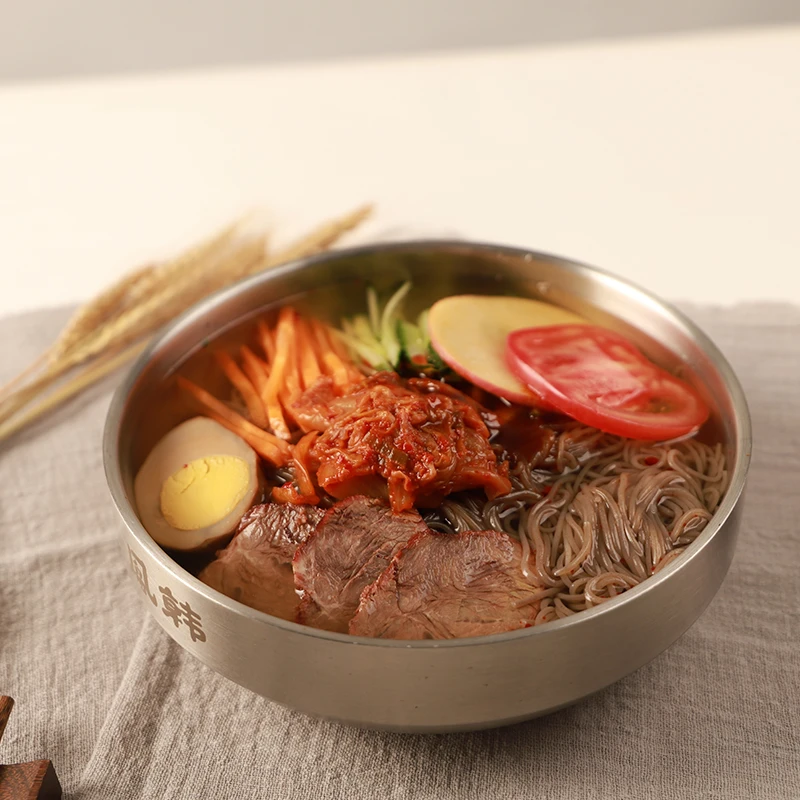Healthy Noodle Options for a Balanced Diet and Wholesome Eating Choices
Which Noodles Are Healthy? A Comprehensive Guide
Noodles are a staple food enjoyed by millions around the world, serving as a versatile base for countless dishes. However, the healthfulness of noodles can vary significantly depending on the type, ingredients, and preparation methods. In this article, we will explore various types of noodles, their nutritional profiles, and tips on how to make healthier choices.
1. Whole Wheat Noodles
Whole wheat noodles are made from whole grain wheat flour, retaining the bran, germ, and endosperm. This means they contain more fiber, vitamins, and minerals compared to their refined counterparts. The high fiber content in whole wheat noodles aids digestion, helps regulate blood sugar levels, and promotes a feeling of fullness, making them an excellent choice for weight management. Whole wheat noodles are versatile and can be used in stir-fries, salads, or paired with a variety of sauces.
2. Zucchini Noodles (Zoodles)
Zucchini noodles, commonly referred to as zoodles, are a popular low-carb alternative made from spiralized zucchini. They are not only low in calories but also rich in vitamins A and C, potassium, and antioxidants. Zoodles are an excellent choice for those looking to reduce their carbohydrate intake or increase their vegetable consumption. They can be served raw in salads or cooked lightly with a sauce for a nutritious meal.
3. Rice Noodles
Rice noodles, widely used in Asian cuisine, are made from rice flour and water. They are naturally gluten-free, making them suitable for those with gluten sensitivities or celiac disease. While rice noodles are low in fat, they tend to be higher in carbohydrates and lower in fiber compared to whole grain options. To make rice noodles a healthier choice, consider pairing them with plenty of vegetables and lean proteins, such as chicken or tofu, to create a balanced meal.
4. Shirataki Noodles
Shirataki noodles, often referred to as “miracle noodles,” are made from the konjac yam and are incredibly low in calories and carbohydrates. They are primarily composed of glucomannan, a soluble fiber that can promote feelings of fullness. Shirataki noodles are an excellent option for those on a low-carb or ketogenic diet. They have a unique texture and can absorb the flavors of any sauce or seasoning you use, making them a versatile ingredient in soups, stir-fries, or salads.
5
. Lentil and Chickpea Noodleswhich noodles are healthy

With the rise of legume-based pastas, noodles made from lentils or chickpeas have gained popularity due to their high protein and fiber content. These noodles provide a substantial nutritional boost, delivering essential nutrients while being naturally gluten-free. They are a great option for vegetarians and vegans looking to increase their protein intake. Lentil and chickpea noodles can be used in various dishes, pairing well with hearty sauces and vegetables.
6. Soba Noodles
Soba noodles are a traditional Japanese noodle made from buckwheat flour. They are not only gluten-free (if made with 100% buckwheat) but also rich in protein, fiber, and essential minerals like manganese and magnesium. Soba noodles have a nutty flavor and can be enjoyed hot or cold, often served in broths, salads, or as a side dish. They are a nutritious option for those looking to incorporate more whole grains into their diet.
Tips for Healthier Noodle Choices
To maximize the health benefits of noodles, consider these tips
- Portion Control Be mindful of portion sizes, particularly with higher-calorie noodles. Aim for a balanced dish filled with vegetables, proteins, and a reasonable amount of noodles.
- Add Vegetables Boost the nutritional content of your noodle dishes by adding plenty of vegetables, which can enhance flavor, texture, and fiber content.
- Choose Whole Grains Whenever possible, opt for whole grain varieties of noodles to increase fiber intake.
- Limit Sauces Many sauces can add excess calories and sodium. Consider making homemade sauces or opting for lighter options like olive oil or vinegar-based dressings.
In conclusion, when it comes to choosing healthy noodles, the options are plentiful. From whole grain varieties to vegetable-based alternatives, a bit of mindful eating can help you enjoy this beloved food while maintaining a nutritious diet. So next time you're preparing a noodle dish, consider these options for a healthier meal that doesn’t skimp on flavor!
-
Is Whole Wheat Pasta Healthy?NewsMay.30,2025
-
Are Soba Noodles Good for Weight Loss?NewsMay.30,2025
-
Are Buckwheat Soba Noodles Healthy?NewsMay.30,2025
-
Are Buckwheat Soba Noodles Gluten Free?NewsMay.30,2025
-
Are Buckwheat Noodles Good for You?NewsMay.30,2025
-
A Healthy Way to Savor Soba and Spicy FlavorsNewsMay.30,2025
-
What Are Lanzhou Noodles?NewsMay.30,2025
Browse qua the following product new the we

















































































































